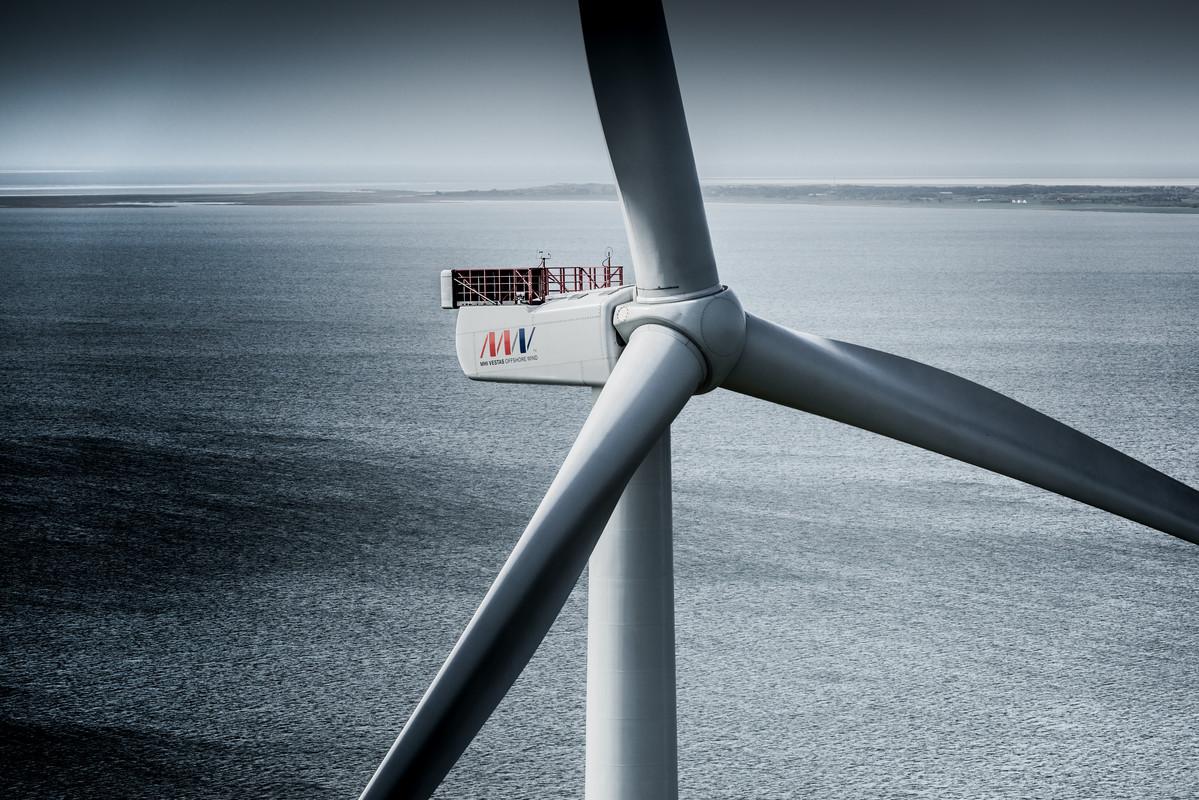
Blog post
The Green Giraffe – Deutsche Bucht story
Energy Blog, 1 December 2017
With the closing of the Deutsche Bucht (DeBu) financing (and sale of the project to Northland Power), a major page in Green Giraffe’s history has turned and it is worth telling the tale in full.
We were first approached by Highland, the family office of Lord Irvine Laidlaw of Rothiemay, in September 2011, on the recommendation of CMS, a Hamburg law firm. At that time, Green Giraffe was a very young company, not two years old. We had just helped close our second major transaction with the financing of the Meerwind offshore wind farm in Germany, advising Blackstone (following the closing the previous year of the C-Power offshore wind farm in Belgium). At the time, offshore wind transactions were quite rare and these deals put us on the map, at least for offshore wind advisory.
Highland had lent money to one of the Windreich group companies, and was offered, as reimbursement, a stake in DeBu, then under development. Highland approached us to help them decide whether or not to accept this offer. At the time, Windreich was riding high as it had just reached financial close on one of the other offshore wind projects it had developed, Global Tech One (GT1). On that project, the majority of the capital had been sold to several investors led by SWM, the Munich utility. We did a quick evaluation of the DeBu project, on the basis of the financing terms that it could expect, and advised Highland not to accept the offer, as our valuation was not matching the expected price. Highland took our advice and our work stopped at that point – at least for a while.
They came back to us in the summer of 2012 with a new proposal from Windreich to review. This time, they were being offered three different options: a stake in GT1, now under construction, 100% of Deutsche Bucht (DeBu), or 100% of another, larger project but at a less advanced stage of development. We again ran estimates of the potential values and concluded that this time, while the third option was highly speculative, at least the first two proposals could be considered fair. The GT1 stake could be considered a relatively low risk investment, given that the project had gone through rigorous lender due diligence in order to be financed, and was now under construction while the Deutsche Bucht project, with its existing permits, was a riskier asset but with good prospects to get built given the favourable regulatory context in Germany and excellent site conditions.
Highland decided to go for the DeBu option, did buy the project from Windreich, and closed the deal in November 2012. At that time, we continued to be active in offshore wind debt (with the Northwind and Walney closings) but had begun to expand our activities on the equity front, with various buy-side and sell-side mandates in offshore wind (Gunfleet Sands, Gemini). We were also going beyond offshore wind, as demonstrated by the solar and onshore wind deals closed back then. More interestingly, our early involvement with a number of projects had made us extremely active in the contracting phase of development of these projects, with support provided to our clients in the selection of contractors (turbine suppliers and balance-of-plant contactors) and the negotiation of the corresponding contracts, with a view to making these contracts acceptable to investors and lenders. At the time, we had done substantial work on that front on projects such as Gode Wind, Cape Wind, Northwind, Gemini and Norther.
Soon after the acquisition, Highland decided to test the market to see if they would sell, partner with another developer or develop by themselves. With our experience gained until then, we started a sell-side process for DeBu.
Third party offers to buy DeBu provided an interesting outcome to Highland, but not as favourable as hoped for due to the offshore grid connection construction delays (built by Tennet), which caused growing uncertainty for all projects in the North Sea and which made new projects less attractive at the time. But there could be a significant gain in developing the project to financial close. In that context, we came up, jointly with technical advisors K2 and legal advisors CMS, with a daring alternative proposal to Highland: assist them in developing the project and bringing it to financial close, while negotiating with Tennet a solution for the grid connection. And, although the risks were high and the capital requirements significant, Highland decided that they wanted to develop the project under their own ownership.
One of the issues that came to the fore in that period was the interplay with the neighbouring project, Veja Mate, initially developed by BARD, and then managed by Unicredit, the bank, as part of the winding down of BARD. The projects had very similar site conditions and it was obvious that the development process could benefit from economies of scale. However, due to ambiguities in the border between the two projects, legal claims and counter claims were pending and some arrangement between the two was necessary. In the end, and again with Green Giraffe’s support, Highland decided to acquire Veja Mate from the bankruptcy administrator, to the frustration of other potential bidders. At the time (summer of 2014), DeBu’s grid connection situation was still ambiguous. The grid connection situation at Veja Mate was better, in the sense that the project had a binding commitment from Tennet, but also more precarious, in that the project needed to start construction by a firm deadline which did not leave a lot of time to do so (30 June 2015). That really meant that the project would lose its right to a connection if the financing was not in place by that date. Highland was able to take that risk, as the development process for DeBu could be mostly replicated on Veja Mate. The team negotiated construction contracts in the autumn (with Siemens turbines), found equity partners (Siemens and CIP) before the end of the year, and launched the debt process in the market in February 2014. The financing closed on 29 June 2015, with one day to spare. We were confident our goal could be reached because we had just run a similar process with another client, Typhoon, for the Gemini project in the Netherlands, and had closed the EUR 3 billion financing just a few weeks before. Typhoon was also a small developer, who had built an experienced team (including a large herd of giraffes), and had successfully negotiated contracts, found equity partners, and raised debt when most others were sceptical that it could be done.
With Veja Mate closed and under construction, and the grid connection being confirmed earlier that year, the focus could then move back to DeBu, where a similar process to negotiate a contractual structure, find equity and raise debt was launched, albeit at a slightly more leisurely pace (although the colleagues involved may beg to differ on this description of the intensity of their work!). Contractors for DeBu were selected through a competitive process for the WTG package and an open book, collaborative, process on the balance of plant. The project equity being sold elicited a lot of market interest – so much so, that in the end Highland decided to sell 100% of the project rather than a minority stake, as had initially been contemplated. Northland Power, another Green Giraffe client, made a compelling offer for DeBu and acquired the project at the same time as the debt was successfully raised, putting an end to five years of Highland ownership.
Highland still has a stake in Veja Mate; but the DeBu adventure has now been completed, and the bet made in 2012 turned out to be an extremely savvy investment by Highland – and a series of highly successful missions for Green Giraffe!
Banner image: MHI Vestas V164-8.0 MW courtesy of MHI Vestas Offshore Wind

